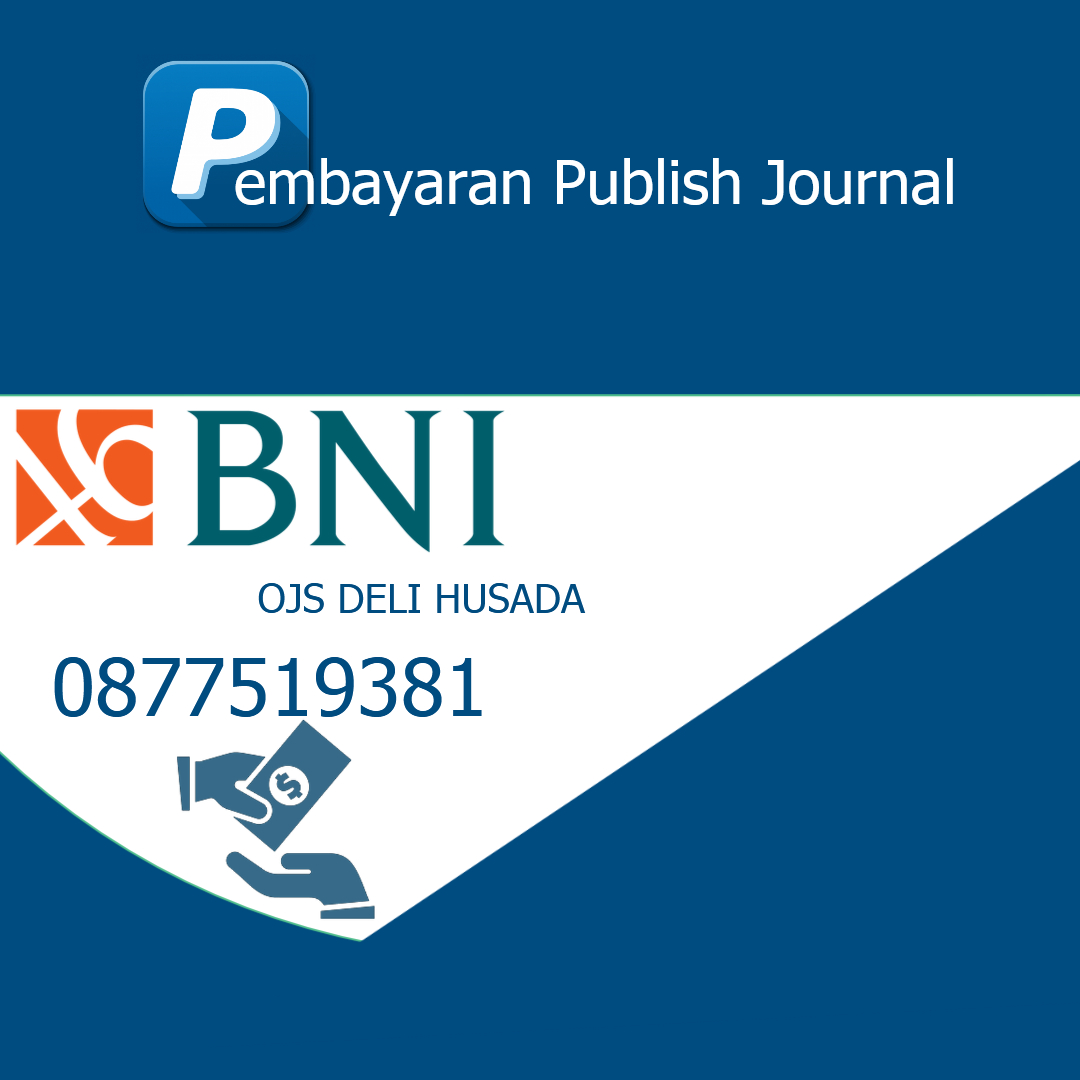DETERMINAN PERILAKU PENGGUNAAN KONDOM DALAM UPAYA PENCEGAHAN HUMAN IMMUNODEFICIENCY VIRUS (HIV) PADA ANAK BUAH KAPAL (ABK)
Keywords:
Ship crews (ABK), Condom use behavior, Prevention of Human Immunodeficiency Virus (HIV)
Abstract
The ship′s crew are a group at risk of HIV / AIDS. Behavior prevention of HIV transmission can be done by using condoms when conducting risky sexual activities on a regular basis. Based on reports in 2018 HIV sufferers in the city of Lhokseumawe were 76 cases, in Indonesia there were 301,959 cases of HIV, and according to UNAIDS there were 39.6 million cases of HIV sufferers. The purpose of this study was to analyze the determinants of condom use behavior in an effort to prevent Human Immunodeficiency Virus (HIV) the ship′s in Krueng Geukuh port in North Aceh Regency in 2019. This study used a cross sectional approach with a total sample of 100 respondents of the ship′s at the port of Kreung Geukuh North Aceh Regency by purpose sampling Data analysis using univariate, bivariate and multivariate with chi-square test using softwear SPSS 25.0 for windows. The results showed that there was a significant correlation between psychosocial factors (p = 0.021), knowledge factors (p = 0.281), individual perceptions (p = 0.004), age factors (p = 0.916), educational factors (p = 0.200) with behavior condom use in an effort to prevent Human Immunodeficiency Virus (HIV), and there was no correlation with risk sex status factors (p = 0.301) and domicile factors (p = 0.222) with condom use behavior in an effort to prevent Human Immunodeficiency Virus (HIV) Suggestions that researchers recommend are to further improve the behavior of prevention of HIV / AIDS transmission with the use of condoms and to be able to work together across sectors that related to the prevention of Sexual Transmited Diseas (STDs) and HIV.References
Dinas Kesehatan Kabupaten Aceh Utara (2018), Laporan Pengelola Program HIV AIDS dan IMS. P2P. Aceh Utara.
Fahmi Saiful Daili. (2017). Infeksi Menular Seksual edisi ke 5. Fakultas Kesehatan Universitas Indonesia. Jakarta.
Faraz. S (2015). Penetrasi Kondom Rendah Saat Kasus HIV Meningkat, BKKBN. Indonesia.
Kurniawan Sigit , (2018). Penetrasi Kondom Rendah Saat Kasus HIV Meningkat. Laporan kemenkes RI.
KPAN & AusAID (2015), Strategi dan Rencana Aksi Nasional 2015 – 2019. Komisi Penanggulangan HIV Nasional.
Sastroasmoro, Sudigdo, Sofyan Ismael. (2014). Dasar – dasar metodologi penelitian klinis, edisi ke 5, Sagung Seto, Jakarta.
Notoatmodjo Soekidjo (2010). Ilmu Perilaku Kesehatan . Rineka Cipta. Jakarta.
Ika Hapsari Enggarwati (2015).Faktor-Faktor yang Berhubungan dengan Perilaku Pencegahan Penularan HIV/AIDS pada Waria Pekerja Seks Di Kabupaten Kudus, UNNES. Semarang.
Kementrian Kesehatan Republic Indonesia. Direktorat Jendral Pengendalian Penyakit dan penyehatan Lingkungan (2018). Laporan STBP (Survey Terpadu Biologis Dan Perilaku) 2018. Jakarta. Kemenkes RI.
Lawrence W. Green (2018). Dissemination and implementation research in health translating science to practice, Oxford University Press. Amerika Serikat.
Luthfia Ayu Azanella, (2014) HIV/AIDS dalam Angka 36,9 Juta Penderita, 25 Persen Tak Menyadarinya. Kompas.com - 01/12/2018, 12:45 WIB
Sirait.L.M, Sarumpaet.S, dkk. (2014).Komponen Health Belief Model (HBM) Dengan Peng-gunaan Kondom Pada Anak Buah Kapal (ABK) Di Pelabuhan Belawan. S2 Epidemiologi PS IKM Fakultas Kesehatan Masyarakat.Departemen Epidemiologi Fakultas Kesehatan Masyarakat.USU.
UNAIDS . (2018), Overview of the global AIDS Epidemic, Report on the global AIDS Epidemic (PDF) akses 12 September 2018.
Fahmi Saiful Daili. (2017). Infeksi Menular Seksual edisi ke 5. Fakultas Kesehatan Universitas Indonesia. Jakarta.
Faraz. S (2015). Penetrasi Kondom Rendah Saat Kasus HIV Meningkat, BKKBN. Indonesia.
Kurniawan Sigit , (2018). Penetrasi Kondom Rendah Saat Kasus HIV Meningkat. Laporan kemenkes RI.
KPAN & AusAID (2015), Strategi dan Rencana Aksi Nasional 2015 – 2019. Komisi Penanggulangan HIV Nasional.
Sastroasmoro, Sudigdo, Sofyan Ismael. (2014). Dasar – dasar metodologi penelitian klinis, edisi ke 5, Sagung Seto, Jakarta.
Notoatmodjo Soekidjo (2010). Ilmu Perilaku Kesehatan . Rineka Cipta. Jakarta.
Ika Hapsari Enggarwati (2015).Faktor-Faktor yang Berhubungan dengan Perilaku Pencegahan Penularan HIV/AIDS pada Waria Pekerja Seks Di Kabupaten Kudus, UNNES. Semarang.
Kementrian Kesehatan Republic Indonesia. Direktorat Jendral Pengendalian Penyakit dan penyehatan Lingkungan (2018). Laporan STBP (Survey Terpadu Biologis Dan Perilaku) 2018. Jakarta. Kemenkes RI.
Lawrence W. Green (2018). Dissemination and implementation research in health translating science to practice, Oxford University Press. Amerika Serikat.
Luthfia Ayu Azanella, (2014) HIV/AIDS dalam Angka 36,9 Juta Penderita, 25 Persen Tak Menyadarinya. Kompas.com - 01/12/2018, 12:45 WIB
Sirait.L.M, Sarumpaet.S, dkk. (2014).Komponen Health Belief Model (HBM) Dengan Peng-gunaan Kondom Pada Anak Buah Kapal (ABK) Di Pelabuhan Belawan. S2 Epidemiologi PS IKM Fakultas Kesehatan Masyarakat.Departemen Epidemiologi Fakultas Kesehatan Masyarakat.USU.
UNAIDS . (2018), Overview of the global AIDS Epidemic, Report on the global AIDS Epidemic (PDF) akses 12 September 2018.
Published
2019-10-24
Section
Articles






